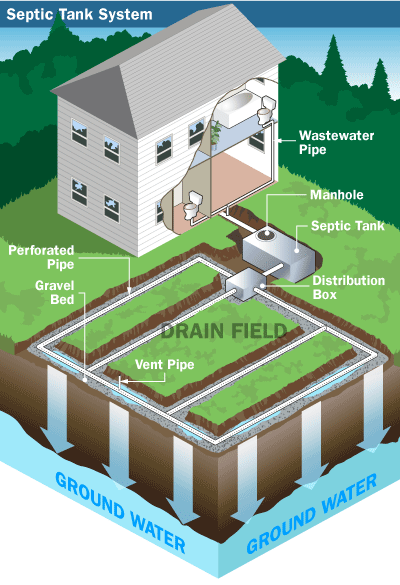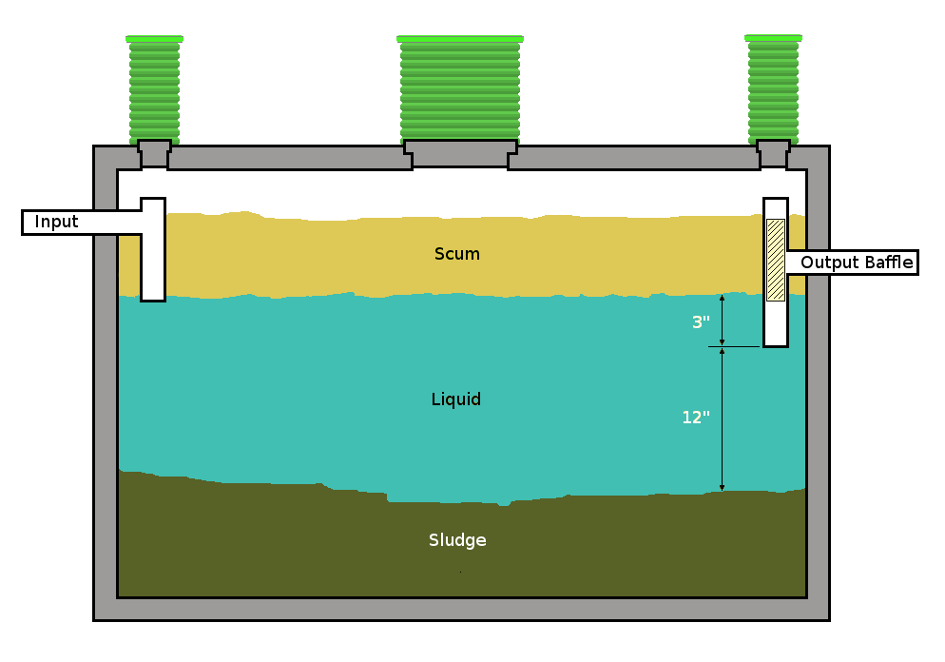Quick and Effective Septic Tank Pumping: Decreasing System Overloads
Wiki Article
Decoding the Language of Septic Storage Tank Services: A Glossary of Terms for Clear Communication and Understanding
Are you perplexed by the lingo made use of in septic system services? Don't worry, we have actually got you covered! In this write-up, we'll help you translate the language of septic system solutions with a handy glossary of terms. From recognizing the fundamentals of your septic system to managing sludge accumulation, we'll supply clear descriptions to make certain clear interaction and understanding. Bid farewell to complication and hi to a well-kept septic tank!Septic System: Understanding the Essentials

If you are unfamiliar with sewage-disposal tanks, they are below ground containers that hold and treat wastewater from your home. These storage tanks are a vital part of your home's pipes system, in charge of securely and effectively handling the waste created by your daily tasks. Comprehending the fundamentals of sewage-disposal tanks is vital in order to guarantee their proper functionality and avoid pricey repairs.
A septic tank consists of 2 primary elements: the container itself and the drainfield. The container is where the wastewater streams into, and it is made to separate solids from fluids. The solids settle at the base of the tank, developing a layer of sludge, while the liquids, understood as effluent, increase to the top. The effluent after that streams right into the drainfield, where it is more treated and dispersed into the bordering soil.
Normal maintenance of your sewage-disposal tank is crucial to prevent issues such as blockages, back-ups, and system failures. It is suggested to have your container pumped every three to 5 years, relying on its size and use. Furthermore, it is crucial to be conscious of what you purge down the drains and commodes, as particular chemicals and materials can damage the bacterial equilibrium in the tank.
Drain Field: The Role of Dirt in Waste Disposal
To preserve the proper functionality of your sewage-disposal tank system, it is vital to understand the duty of the drainpipe field in waste disposal and just how the bordering dirt plays an essential function in this process. The drain area, likewise referred to as the leach area or absorption area, is a necessary part of a septic tank. Its main feature is to filter and treat the wastewater that drains of the septic container.As soon as the wastewater leaves the septic system, it is dispersed equally across the drainpipe field via a network of pipes or trenches. The drain area includes a layer of gravel or rock, which assists to distribute the wastewater equally and promote reliable purification. Below the gravel layer, there is a layer of dirt that functions as a natural filter.
The soil in the drain field plays a crucial function in the treatment of wastewater. As the wastewater percolates through the soil, it undertakes an all-natural process of filtration and filtration. The soil functions as a physical and biological filter, getting rid of dangerous germs, viruses, and various other contaminants from the wastewater.
The structure and high quality of the dirt are vital for the effective functioning of the drain field - septic tank pumping. The dirt needs to have great percolation prices to allow the wastewater to move through it quickly. In addition, the soil needs to have adequate oxygen degrees to sustain the growth of cardio microorganisms, which aid in the malfunction of raw material in the wastewater

Effluent: the Fluid Waste From Your Septic Tank
As the wastewater leaves the drainpipe field, it is recognized as effluent, and it is vital to understand the characteristics and monitoring of this fluid waste from your septic system. Effluent is the term used to describe the cured wastewater that spurts of your septic system and right into the drain area. septic tank pumping. This fluid waste has a combination of water, natural matter, and liquified solidsEffluent must be clear and free of any kind of undesirable smells. If you discover any kind of foul scents or discoloration, maybe a sign of a trouble with your septic system. Normal upkeep and pumping of your septic storage tank can help ensure that the effluent remains clean and free from impurities.
Appropriate administration of effluent is vital to avoid contamination of the surrounding setting. The drainpipe area is created to filter and deal he said with the effluent before it goes into the dirt. It is necessary to prevent any tasks that might potentially damage the drainpipe area, such as auto parking cars or planting trees with deep root systems.
Sludge: Managing Strong Waste Build-up
When managing strong waste buildup in your septic system, correct management of sludge is crucial. Sludge refers to the thick layer of strong waste that accumulates at the end of your septic system with time. Otherwise taken care of appropriately, sludge can cause different concerns, such as obstructing, back-ups, and even system failing.Normal maintenance is critical to stop sludge accumulation. It is advised to have your sewage-disposal tank pumped every three to five years, depending upon the size of your family and the storage tank's capacity. Pumping removes the collected sludge, allowing your septic system to function effectively.
In addition to normal pumping, there are a few actions you can take to reduce sludge build-up. First, be conscious of what you purge away. Prevent taking care of non-biodegradable things, such as paper towels, diapers, and sanitary products. These can add to sludge buildup. Second, take into consideration using septic-safe products that will not interrupt the all-natural microbial equilibrium in your system.
Pumping: Maintaining the Health And Wellness of Your Sewage-disposal Tank
Keep the wellness of your sewage-disposal tank by regularly pumping it. Pumping is a vital upkeep task that assists avoid problems and ensures the proper performance of your septic system. In time, solid waste and sludge accumulate in the container, which can result in blockages, back-ups, and also system failing. Pumping gets rid of these collected solids, allowing the storage tank to continue running efficiently.The frequency of pumping depends on various elements such as the size of the tank, the number of residents in your family, and the use of water. On standard, septic storage tanks ought to be pumped every three to 5 years.
Conclusion
So there you have it: a handy glossary of terms to aid you better understand the language of septic system solutions. Whether it's discovering the basics of sewage-disposal tanks, recognizing the role of the drainpipe field, or understanding how to take care of sludge build-up, this reference will guarantee clear communication and a much better understanding of your septic system. Maintain these terms in mind to keep the health and wellness and performance of your sewage-disposal tank.A septic container is composed of two primary parts: the storage tank itself and the drainfield.Routine maintenance of your septic tank is crucial to protect against concerns such as blockages, backups, and system failings.To preserve the correct performance of your septic storage tank system, it is vital to recognize the function of the drain area in waste disposal and just how the resource surrounding soil plays an essential function in this procedure. It is advised to have your septic container pumped every 3 to five years, depending on the size look at this now of your household and the storage tank's ability. Whether it's finding out about the basics of septic containers, recognizing the role of the drain field, or understanding just how to deal with sludge build-up, this reference will make sure clear communication and a far better understanding of your septic system.
Report this wiki page